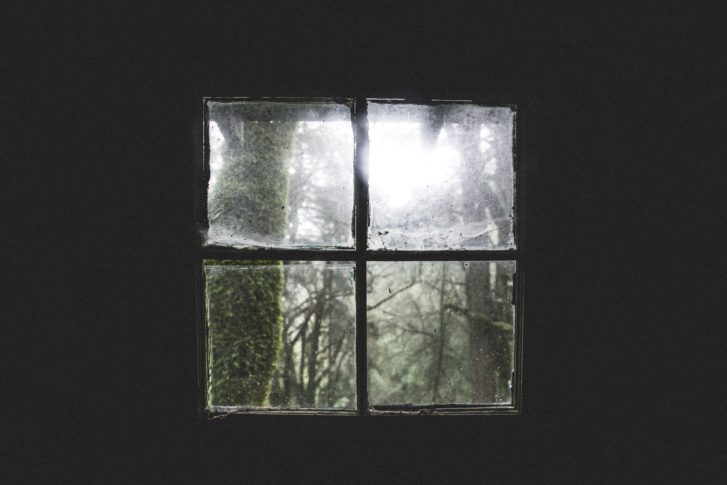Written by Sharing Sustainable Solutions
Here is a list of valuable cleaning methods that are non toxic and easy to acquire:
To clean burnt and scorched pans, sprinkle liberally with baking soda, adding just enough water to moisten. Let stand for several hours. You can generally lift the burned portions right out of the pans. On non-stick cookware, stubborn stains can be removed by boiling 2 tablespoons of baking soda, 1/2 cup vinegar, and 1 cup of water for ten minutes. Before using, season pan with salad oil. For copper pots, fill a spray bottle with vinegar and add 3 tablespoons of salt. Then spray the solution on copper pot. Let stand, then rub clean. Rub on Worcestershire sauce or catsup, and tarnish will disappear. Or dip lemon halves in salt and rub.
Clogged Drains:
To keep your drains unclogged from grease, pour a cup of salt water and a cup of soda into the drain followed by a pan of boiling water. The grease will usually dissolve immediately and open the drain.?
Stoves & Ovens:
Keep salt near stove in case of a grease fire. Following a spill, sprinkle with salt immediately. When oven is cool, brush off burnt food and wipe with a damp sponge. An inexpensive oven cleaner:
Set oven on warm for about 20 minutes, then turn off. Place a small dish
of full-strength ammonia on the top shelf. Put a large pan of boiling water
on the bottom shelf and let it sit overnight. In the morning, open and air for a while before washing off with soap and water. Even the hard baked-on
grease will wash off easily.
Sinks:
Baking soda or club soda is excellent to clean stainless steel sinks. To remove water spots from a stainless steel sink, use a cloth dampened with rubbing alcohol. Spots on stainless steel also can be removed with white vinegar. If your kids leave toothpaste in sinks, take a washcloth and clean the sink and fixture with the paste. Rub stainless steel sinks with lighter fluid if rust marks appear. After the rust disappears, wipe with your regular kitchen cleaner. For a sparkling white sink, place paper towels across the bottom of your sink and saturate with household bleach. Let sit for 1/2 hour. Rinse. Never use bleach in
colored porcelain sinks, because it will fade the color. Clean with mild liquid detergents, vinegar, or baking soda.
Bathroom:
Rubbing alcohol will remove the dull hair spray haze from your bathroom mirrors. Use rubbing alcohol or kerosene to remove scum and spots from bathroom fixtures. Glass shower doors will sparkle if cleaned with white vinegar once a week. To clean shower surrounds without getting your hands wet, use a sponge mop. Dip mop into a solution of 1/2 cup of vinegar, 1 cup of clear ammonia, and 1/4 cup of baking soda and one gallon of warm water. After cleaning, rinse with warm water. Lemon oil furniture polish will remove water spots on metal frames around shower doors and enclosures. Make your own ceramic-tile cleaner by mixing 1/4 cup of baking soda, 1/2 cup of white vinegar, and one cup ammonia to a gallon of warm water in a bucket. Stir and apply with a sponge or brush. This won’t keep between cleaning, so you will need to make a fresh batch each time. This can be harsh to your hands, so always wear rubber gloves when using.
Tea Kettle:
To remove lime deposits, fill with equal parts of vinegar and water. Bring to a boil and allow to stand overnight.
Windows:
Clean windows with a solution of 1/2 cup ammonia, 1/2 cup white vinegar and 2 tablespoons of cornstarch to a bucket of warm water. Shine windows with a newspaper. It’s cheap and easy. For a really fine shine, after the windows are dry, rub a clean blackboard eraser over them. Clean windows on an average temperature day. Too hot of a day will cause windows to streak. Dry windows outside in one direction and inside in the other direction. If you see a streak, you will know if it is inside or out. To keep frost off windows, add 1/2 cup rubbing alcohol or anti-freeze to each quart of water used. Rub the inside of windows with a sponge that has been dipped in the rubbing alcohol of anti-freeze. Polish with newspapers or paper towels. Make your own spray cleaner by filling a spray bottle with 3 tablespoons of ammonia, 1 tablespoon vinegar and cool water. Add a drop or two of food coloring to look like the blue or green kind. Eliminate sticky windows by dipping a small brush in petroleum
jelly and paint it on the inside molding once a year. To clean window sills, pour a little diluted rubbing alcohol on a cloth and rub the entire surface. The spots will disappear and the sills will look freshly painted.
Important Papers:
Mildew on papers and books sometimes can be removed by dusting with cornstarch. Allow the cornstarch to remain on for several days before brushing off.
Eyeglasses:
Clean your eyeglasses with a homemade solution. Just fill an eyedropper with vinegar. Your lenses will be bright with no streaks. Vodka can also be used for cleaning your lenses.
Shoe Odors:
Rid foot odors from shoes by storing small sachets of baking soda in shoes. These can be made from old socks. Cut socks above toe area and then add a couple tablespoons of baking soda. Tie sock or use a rubber band to close the open area.
Recipe Books:
To keep spills and splatters off cookbooks, after finding the recipe you what to use, slide the open cookbook into a clear, large plastic bag. You’ll be able to use the recipe and keep the cookbook clean. Another way to preserve recipe cards is to store them in flip-top photo albums. You won’t even have to remove them while using your favorite recipe.
Source:http://www.i4at.org/library.html
Originally posted @ Sharing Sustainable Solutions








